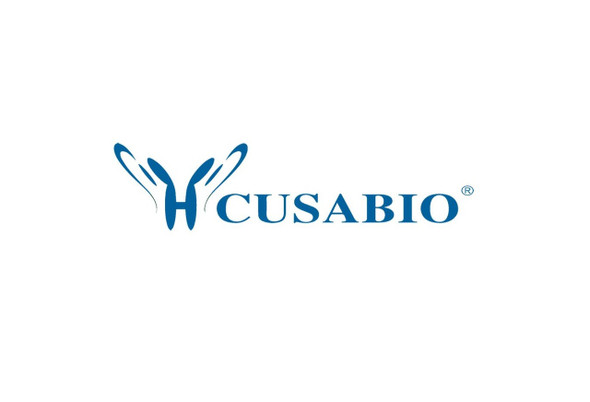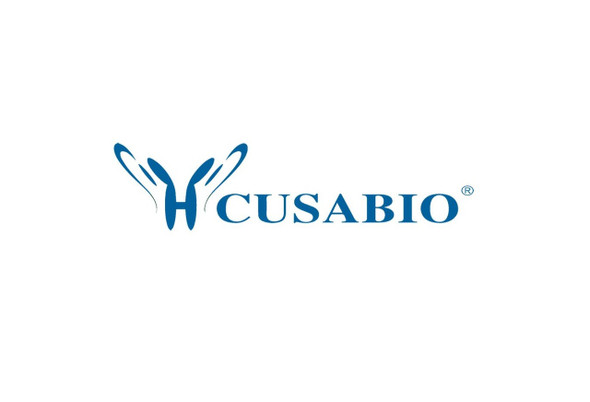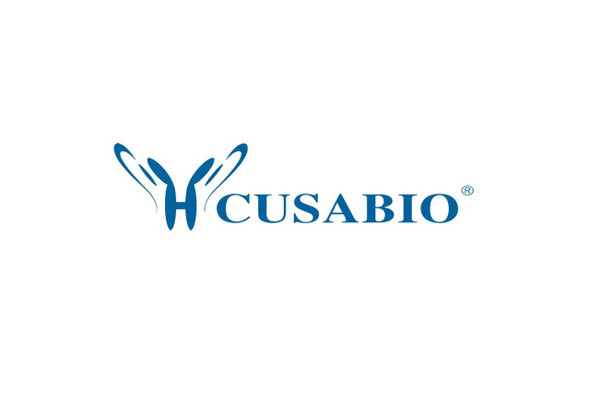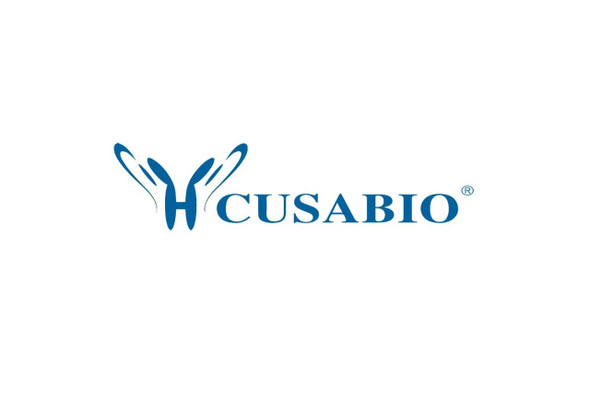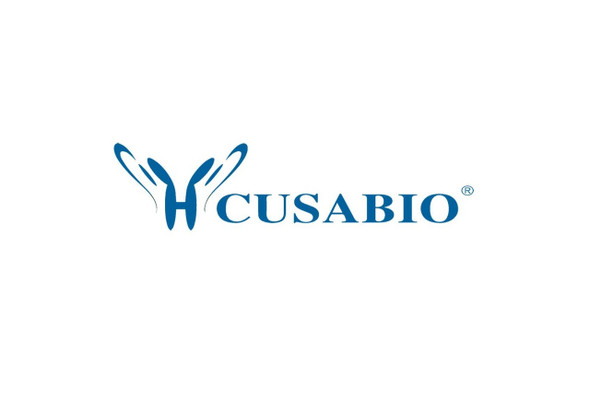Cusabio Human Recombinants
Recombinant Human Non-structural maintenance of chromosomes element 3 homolog (NSMCE3) | CSB-EP856984HU
- SKU:
- CSB-EP856984HU
- Availability:
- 3 - 7 Working Days
Description
Recombinant Human Non-structural maintenance of chromosomes element 3 homolog (NSMCE3) | CSB-EP856984HU | Cusabio
Alternative Name(s): Hepatocellular carcinoma-associated protein 4 MAGE-G1 antigen Melanoma-associated antigen G1 Necdin-like protein 2
Gene Names: NSMCE3
Research Areas: Others
Organism: Homo sapiens (Human)
AA Sequence: MLQKPRNRGRSGGQAERDRDWSHSGNPGASRAGEDARVLRDGFAEEAPSTSRGPGGSQGSQGPSPQGARRAQAAPAVGPRSQKQLELKVSELVQFLLIKDQKKIPIKRADILKHVIGDYKDIFPDLFKRAAERLQYVFGYKLVELEPKSNTYILINTLEPVEEDAEMRGDQGTPTTGLLMIVLGLIFMKGNTIKETEAWDFLRRLGVYPTKKHLIFGDPKKLITEDFVRQRYLEYRRIPHTDPVDYEFQWGPRTNLETSKMKVLKFVAKVHNQDPKDWPAQYCEALADEENRARPQPSGPAPSS
Source: E.coli
Tag Info: N-terminal 6xHis-tagged
Expression Region: 1-304aa
Sequence Info: Full Length
MW: 38.4 kDa
Purity: Greater than 85% as determined by SDS-PAGE.
Relevance: Component of the SMC5-SMC6 complex, a complex involved in repair of DNA double-strand breaks by homologous recombination (PubMed:20864041, PubMed:27427983). The complex may promote sister chromatid homologous recombination by recruiting the SMC1-SMC3 cohesin complex to double-strand breaks. The complex is required for telomere maintenance via recombination in ALT (alternative lengthening of telomeres) cell lines and mediates sumoylation of shelterin complex (telosome) components which is proposed to lead to shelterin complex disassembly in ALT-associated PML bodies (APBs). In vitro enhances ubiquitin ligase activity of NSMCE1. Proposed to act through recruitment and/or stabilization of the Ubl-conjugating enzyme (E2) at the E3:substrate complex (PubMed:20864041). May be a growth suppressor that facilitates the entry of the cell into cell cycle arrest (By similarity).
Reference: "Interactions between the Nse3 and Nse4 components of the SMC5-6 complex identify evolutionarily conserved interactions between MAGE and EID Families." Hudson J.J., Bednarova K., Kozakova L., Liao C., Guerineau M., Colnaghi R., Vidot S., Marek J., Bathula S.R., Lehmann A.R., Palecek J. PLoS ONE 6:E17270-E17270(2011)
Storage: The shelf life is related to many factors, storage state, buffer ingredients, storage temperature and the stability of the protein itself. Generally, the shelf life of liquid form is 6 months at -20?/-80?. The shelf life of lyophilized form is 12 months at -20?/-80?.
Notes: Repeated freezing and thawing is not recommended. Store working aliquots at 4? for up to one week.
Function:
Involvement in disease:
Subcellular Location:
Protein Families:
Tissue Specificity:
Paythway:
Form: Liquid or Lyophilized powder
Buffer: If the delivery form is liquid, the default storage buffer is Tris/PBS-based buffer, 5%-50% glycerol. If the delivery form is lyophilized powder, the buffer before lyophilization is Tris/PBS-based buffer, 6% Trehalose, pH 8.0.
Reconstitution: We recommend that this vial be briefly centrifuged prior to opening to bring the contents to the bottom. Please reconstitute protein in deionized sterile water to a concentration of 0.1-1.0 mg/mL.We recommend to add 5-50% of glycerol (final concentration) and aliquot for long-term storage at -20?/-80?. Our default final concentration of glycerol is 50%. Customers could use it as reference.
Uniprot ID: Q96MG7
HGNC Database Link: N/A
UniGene Database Link: N/A
KEGG Database Link: N/A
STRING Database Link: N/A
OMIM Database Link: N/A





